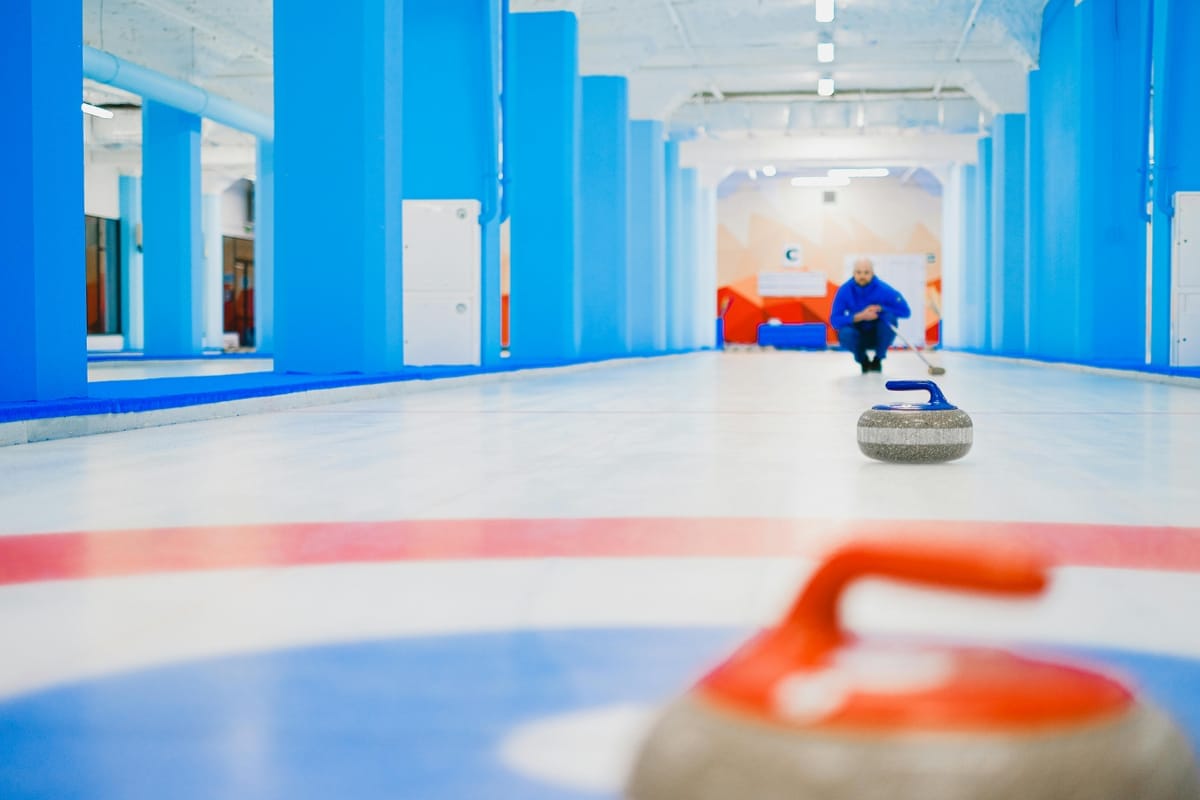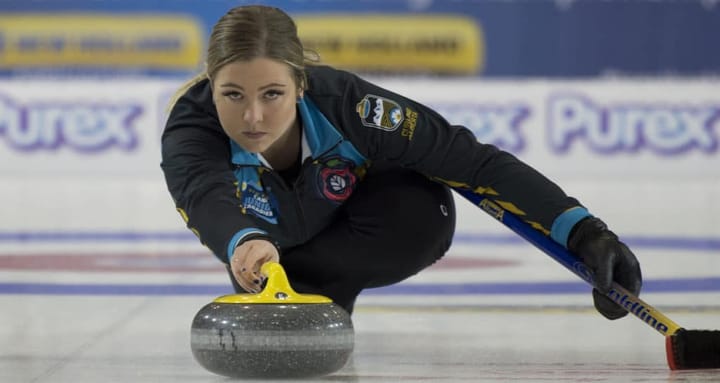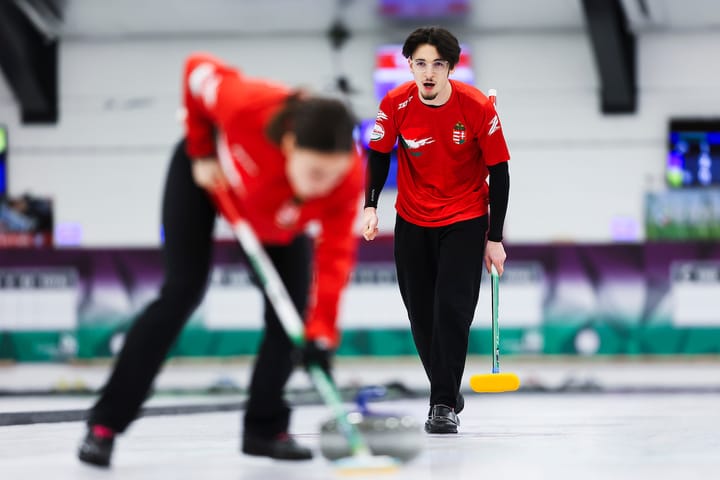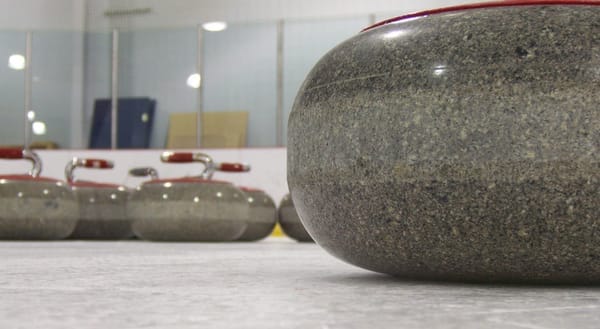Understanding Curl

In curling, the path a stone takes as it glides down the ice is known as the curl profile. This trajectory, which includes the stone’s curvature, is influenced by several factors that every curler should understand to enhance their shot-making skills.
The Five Components of the Curl Profile
The curl profile consists of five key components that describe how a stone behaves during its travel:
-
Start: This is the initial direction of the stone right after it leaves the thrower’s hand. Ideally, the stone should start on the line of delivery, which is the imaginary line drawn from the skip’s broom to the starting point of the stone.
-
Free Run: The stone travels relatively straight in this phase, typically during the first few meters post-release. The length of this free run is influenced by the ice conditions, the rotation of the rock, and any sweeping done.
-
Break Point: This is the moment when the stone begins to visibly curl, usually occurring just before the near hog line. Factors like ice conditions, rock rotation, and sweeping all play a role in determining the break point.
-
Active Curl: After the break point, the stone begins to curve more significantly. The degree of active curl is affected by the same factors—ice conditions, rock rotation, and sweeping.
-
Finish: In the final 6-12 feet of the shot, sweeping can be crucial for controlling both the weight and the curl of the stone. This phase is where directional sweeping becomes particularly effective.
Factors Influencing the Curl Profile
Several elements can impact the curl profile, making it essential for curlers to be mindful of their playing environment:
-
Ice Conditions: The condition of the ice surface has a significant influence on how much a stone will curl.
-
Pebble: The tiny droplets of water sprayed onto the ice, known as pebble, reduce friction and help the stone travel further. The size, shape, and amount of pebble are critical; warmer pebble water creates rounder pebbles for straighter shots, while colder water results in taller pebbles, leading to a more aggressive curl.
-
Ice Temperature: The temperature affects frictional melting on the ice. Colder ice typically results in straighter and slower shots, while moderately warmer ice allows for more curl and speed. However, if the ice becomes too warm, it can be soft and difficult to play on.
-
Humidity: High humidity may cause condensation on the ice, which reduces friction and can lessen the amount of curl. Conversely, dry conditions promote increased speed and curl.
-
Rock Rotation: The amount of rotation applied to the stone upon release is crucial. More rotation tends to produce a straighter path with less curl, while less rotation yields more curl. A standard aim for curlers is 3-4 rotations, but this can be adjusted based on the specific ice conditions and shot requirements.
-
Sweeping: Sweeping affects the curl profile by altering the friction between the stone and the ice. Generally, sweeping reduces friction, allowing the stone to travel farther and straighter. Techniques such as directional and corner sweeping can influence the curl, either enhancing or diminishing it based on the direction and pressure applied.
-
Rock Characteristics: The physical properties of the stone, particularly its striking band—the outer edge that interacts with the ice—can also impact the curl profile. Variations in thickness and roughness of the striking band can change how the stone behaves on the ice.
Understanding and Manipulating the Curl Profile
Mastering the curl profile is crucial for effective shot-making. By understanding the various factors that influence curl, curlers can better anticipate a stone's path and adjust their deliveries and sweeping techniques accordingly.
Advanced curlers can manipulate the curl profile to their advantage by adjusting their rock rotation during release, employing directional and corner sweeping techniques, and strategically placing their shots. Achieving proficiency in these areas requires practice, experimentation, and a thorough understanding of the interaction between the stone, the ice, and the physical forces at play.



